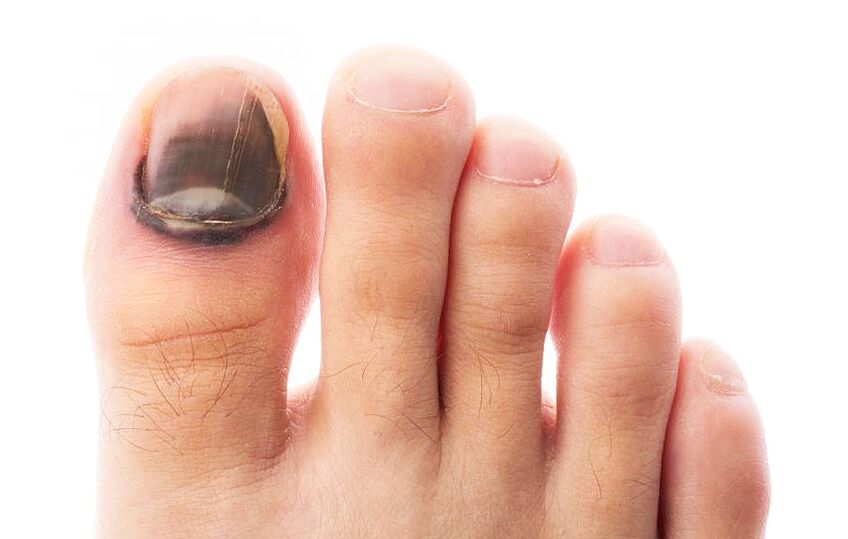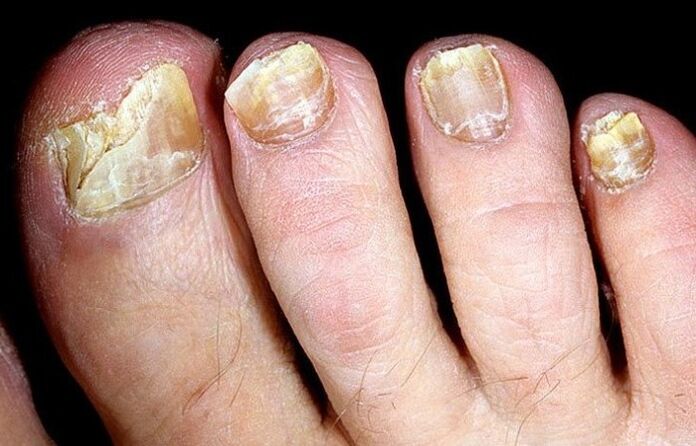
disease cause
- Use common household tools and items;
- Unsterile manicure tools;
- saunas and baths;
- Shared shower rooms in the gym or swimming pool.
Also, each type of fungus has specific affected areas. For example, some only affect the skin or nails on the toes and hands, while others affect the side areas of the fingers and the upper part of the soles of the feet.
Diagnostic Process and Concomitant Disease Factors

- Any damage to the plate itself as well as the surrounding skin.
- Various diseases, including varicose veins and other endocrine disorders.
- Decreased immune system function and hormonal imbalances (often occurring in pregnant women).
- Normal nutrition;
- Hypertrophy;
- shriveled;
- Onycholysis.
ways to treat disease
prevention methods
- Don’t walk barefoot on the beach or in a swimming pool;
- Wear socks and change them daily;
- Do not under any circumstances try on a stranger's shoes;
- Dry your feet after showering.

















